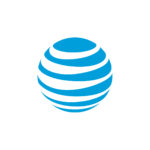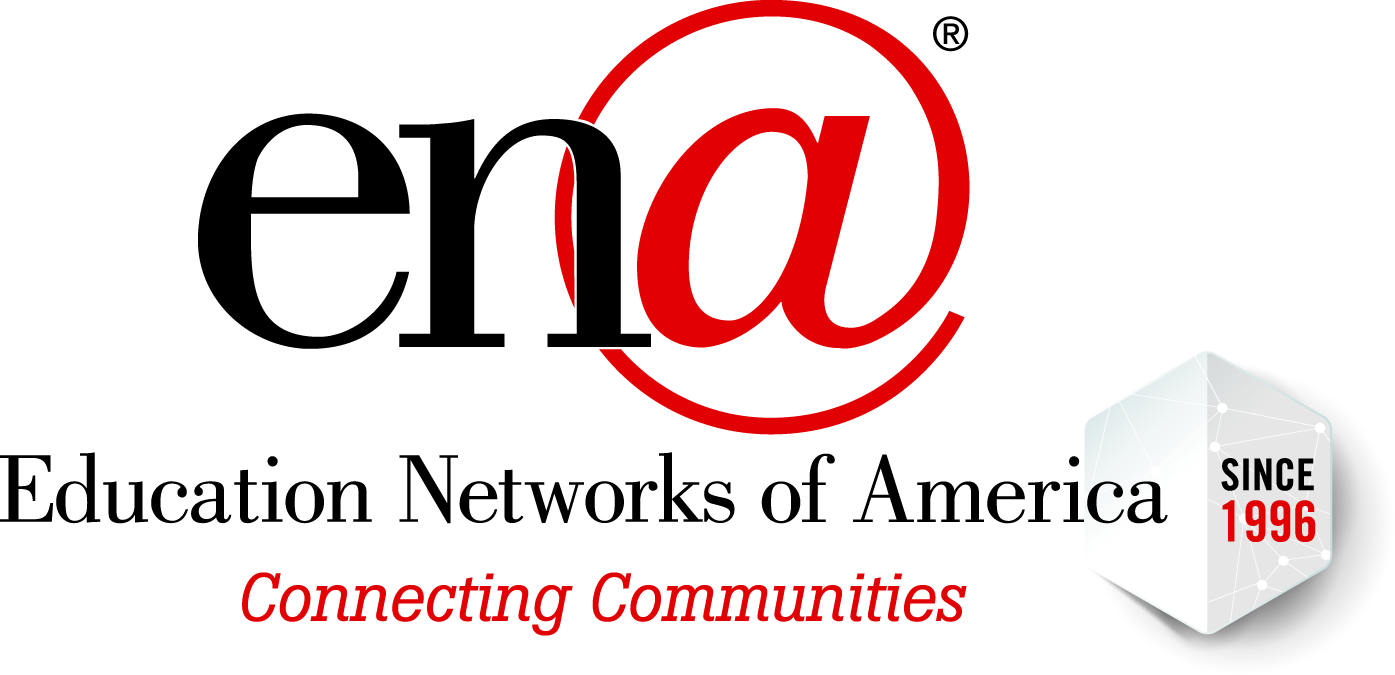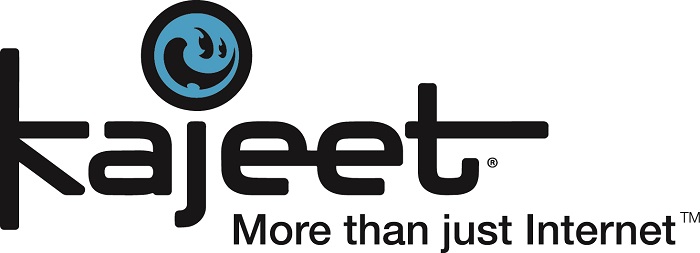Priorities
Equity of Access
Helping To Secure Education Networks August 2016. Education has become the 2nd leading target of cyber security attacks. This whitepaper explores the reasons why, describes the most common types of attacks and provides six steps to improve network security.
August 2016. Education has become the 2nd leading target of cyber security attacks. This whitepaper explores the reasons why, describes the most common types of attacks and provides six steps to improve network security.
Build or Buy: Factors to consider when comparing Dark Fiber and managed service provider networks. March 2016. E-rate modernization in 2014 allowed similar treatment for schools seeking support for Dark Fiber as those seeking support for lit fiber. This whitepaper explores considerations when choosing between the two network alternatives. It looks at costs and challenges, important questions to ask and examines current and long term impacts.
Achieve More For Less: How Schools Can Benefit From VoIP After E-rate Modernization. October 2015. E-rate funding for Voice services is nearing an end. This whitepaper explores two different approaches to migrating traditional Voice services to IP services, specifically SIP trunking and Hosted VoIP. It looks at the costs and challenges involved with each approach, along with the associated E-rate implications. Finally it offers advice to help K-12 leaders develop a strategic plan for migrating to VoIP, including a checklist of items to consider.
Achieve More for Less Microsite. August 2016. As school leaders consider their options for migrating away from traditional Voice services, this microsite provides simple and informative resources, including short educational videos, a must see planning checklist and a infographic to sum it all up.
ENA

Education Network Security in a Hyperconnected World. February 2016. Education Networks of America (ENA) in collaboration with eLearn Institute and TechEdvantage developed a white paper, Education Network Security in a Hyperconnected World, that provides insight into potential network security threats impacting today’s school districts. The paper shares key considerations and best practices every school district can implement for improving their network security as well as preparedness when an incident does occur. Included in the white paper are the experiences and recommendations of two school districts—Broward County Public Schools (Florida) and Huntington County Community School Corporation (Indiana), as well as a valuable Network Security Recommendations Checklist you can use to assess your district’s network security protocols and procedures.
Increasing Customer Value by Reducing Operational Complexity. June 2016. Education Networks of America (ENA) in collaboration with Aerohive created this K-12 Wi-Fi Best Practices Abstract to help schools identify key considerations when investigating WLAN technologies. The paper explains how critical factors such as appropriate planning, selecting enterprise grade solutions, and outsourcing the assessment, implementation, and management of WLAN infrastructure can dramatically reduce the IT burden of supporting mobile devices.
Cultivating Excellence: A Successful Model for Digital Transformation. May 2016. Because technology is changing the education landscape at a rapid rate, schools are calling upon each other for guidance and coaching as they venture into this new digital space. Read how administrators at Tennessee’s Greeneville City Schools (Greeneville) are leveraging their K–12 peer networks to assist them with their district’s own digital transformation, as well as empowering two very important groups with the task of leading their digital revolution—Greeneville’s teachers and students.
21st Century Learning at Its Best at Vance Middle School. July 2015. Vance Middle School (Vance), located in East Tennessee and part of Bristol Tennessee City Schools, is in the middle of a massive digital conversion. From deploying multiple project-based learning initiatives to forging valuable partnerships with local businesses and colleges to integrating a robust school-wide data conferencing program, Vance exemplifies what effective 21st century learning and teaching practices look like in today’s schools.
Kajeet

Kajeet Education Broadband Best Practices Deployment Guide August 2016. This free guide provides best practices from other technology leaders to help put districts—and students—on the path to success with their off-campus broadband program. Kajeet collected information from its 200+ district clients who have launched programs with the Kajeet Education Broadband™ solution. This guide includes tips and tricks for deployment, including: how to secure funding from key stakeholders, how to train teachers and school-based staff, and powerful strategies for generating excitement.
Making Learning Mobile 3.0 report February 2016. Project Tomorrow and Kajeet report the final results from a three-year-long study to evaluate the benefits of 1-to-1 tablet implementation, including Internet access outside the classroom in Chicago Public Schools. Final year results from the study concluded that the students’ average score in math had improved by 11.26 points from one year to the next.
How is Wi-Fi on School Buses Actually Used? November 2015. According to the American School Bus Council, 26 million students ride a school bus each year. Considering even students with a relatively short, 20-minute commute can spend hundreds of hours on the school bus over the course of the school year. When you add it all up, it is estimated that U.S. students spend a staggering 520 million school days on buses each year. What if a student could use that travel time to work productively on school assignments? Turn the school bus into a “Homework Zone.” Learn which websites are most popular and which ones are denied, as well as gain visibility into overall student usage with Wi-Fi on the school bus.
Implementing a 1-to-1 Without Creating a Digital Divide October 2015. Affton Public Schools in Affton, Missouri, launched its 1-to-1 program in 2014 by handing out Dell Chromebooks to all of its high school students. The plan was to go 1-to-1 at the middle school level in two years, but the high school program went so well that the district launched the middle school 1-to-1 program in 2015. Throughout the 1-to-1 rollouts, the Affton team was cognizant of the fact that close to half of the district qualifies for free and reduced meals, and around 10 percent do not have home Internet access. Now families without Internet access can take home a Kajeet SmartSpot, which lets them connect to a 4G network for free.
Mobile Beacon
![]()
